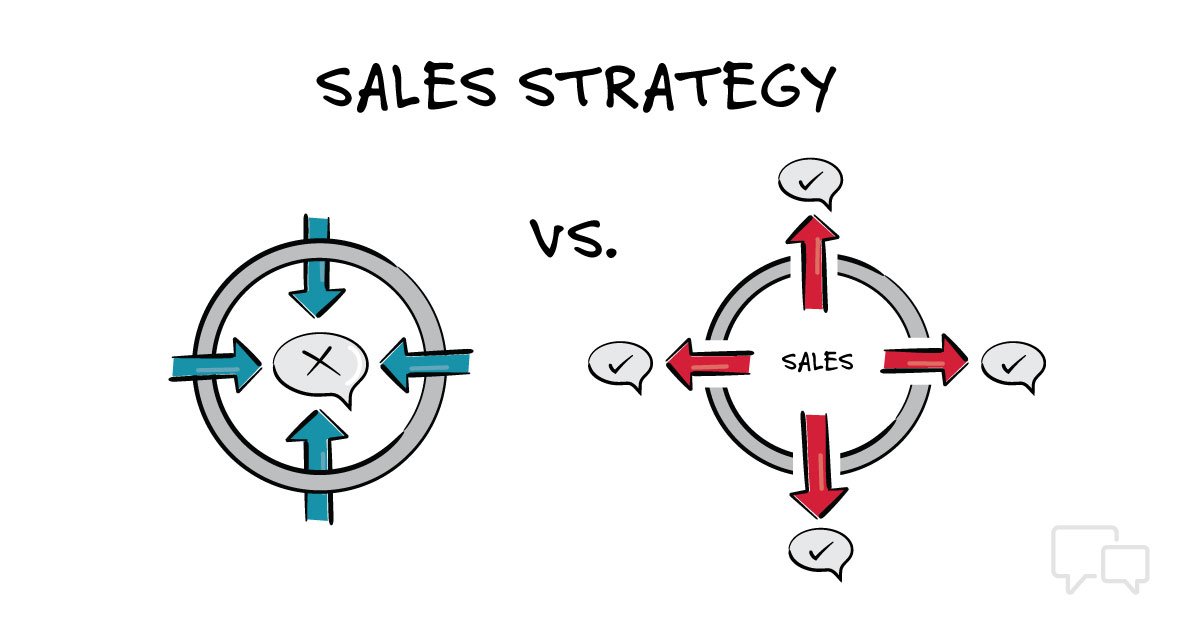
8 steps to marketing your business | Small Business
8 steps to marketing your business
- Conduct market research
- Profile your target markets
- Identify your unique selling proposition
- Develop your business brand
- Choose your marketing avenues
- Set your goals and budget
- Nurture your loyal customers
- Monitor and review
Conduct market research
Market research is a key part of developing your market strategy. It is about collecting information that provides an insight into your customers thinking, buying patterns, and location. In addition, market research can also assist you to undertake an initial sales forecast, monitor market trends and keep an eye on what your competition is doing.
Learn more about market research.
Profile your target markets
Trying to promote your product or service to everyone can be costly and ineffective. Grouping or segmenting your potential customers based on certain characteristics will help to focus your marketing efforts.
Generally segmentation is based on factors such as:
- geography – location
- demographics – age, gender, education level, income, occupation
- behaviour - loyalty, attitude, readiness to buy, usage rates
- lifestyle – social class, personality, personal values.
Your target market should have a need for your product or service and be willing to pay for your offer.
Identify your unique selling proposition (USP)
A USP is the unique reason your customers buy from you and not your competitors – it’s what makes your business stand out from the crowd. It is important to define what you do differently and be able to convey that to potential customers. Commonly, this reflects your special knowledge or skills.
Your USP may be having a new or unique offering or providing exceptional service. Start developing your USP by answering the following questions:
- What do you love most about your products and services?
- What special skills or knowledge do you have?
- What makes your customers come to you instead of your competitors?
- How do your customers benefit by purchasing your products or services?
- Which aspects do you generally highlight when you describe your business to strangers?
Develop your business brand
Every business, regardless of size, is likely to need a brand. A brand is more than a logo, colour or tagline. A well-articulated brand emotionally connects with your target customers and conveys who you are, what you stand for and what you can deliver.
Choose your marketing avenues
While there are many available, consider your target audience when you are determining which to use.
Options include a business website, social media, blogging, brochure and flyers, networking events, print advertising, word of mouth, cold calling and letter drops.
Set your goals and budget
Marketing goals will help you to define what you want to achieve through your marketing activities. Your goals should be SMART: specific, measurable, attainable, relevant and time-based.
You will also need to allocate a budget to your marketing activities. Your marketing budget will need to include elements such as:
- website development and maintenance
- search engine optimisation strategy
- design of branding
- printing of promotional material (business cards, brochures, signage, etc)
- advertising
- donations and sponsorships
- employing staff to undertake marketing activities.
TIP: As a general rule of thumb you should spend between three and five percent of your actual or expected annual turnover on marketing. If your business is new you may need to allocate more funds initially to build your business profile.
Learn more about developing a marketing plan.
Nurture your loyal customers
Your customers are the key to your success so it is important to look after them and encourage loyalty. Providing exceptional customer service can keep people coming back and set you apart from your competitors.
Strategies to build loyalty in customers include:
- communicating regularly with customers through social media, blogs or e-news
- providing after-sale follow up
- delivering on your promises
- going the ‘extra mile’ and providing benefits that exceed initial expectations
- using feedback and complaints as an opportunity to improve services
- listening to customers
- training staff in customer service and basic sales processes.
Monitor and review
It is important to regularly monitor and review your marketing activities to determine whether they are achieving the desired outcome, such as increased sales. Initially you should review your marketing plan every three months to ensure your activities are supporting your strategy. Once your business becomes more established review your plan when you introduce a new product or service, if a new competitor enters the market or if an issue arises that affects your industry.
Monitoring activities may include reviewing your sales figures on a regular basis (monthly) or monitoring customer activity during an advertising campaign. You can also access and review free analytic tools to determine the effectiveness of your social media or website campaigns.
Learn more about digital marketing.
More information
- Undertake market research.
- Learn more about digital marketing strategies.
- Develop a marketing plan.
- For more practical advice and tips, see our Marketing and promotion section of our blog.

/GettyImages-1047699430-3bf75e35bef84c2da657b4089f47f586.jpg)







